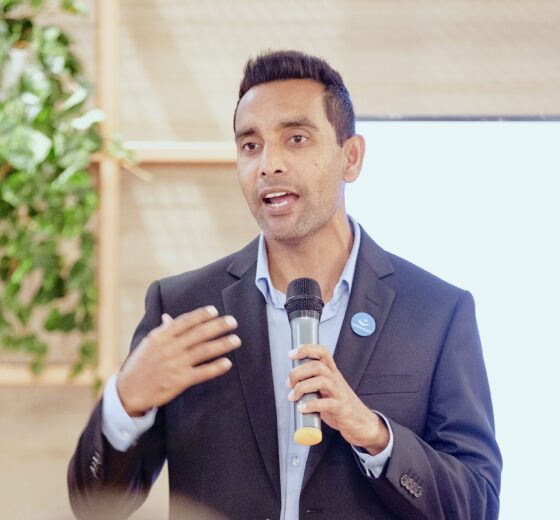Let’s talk candidly, as business leaders, managers, and senior professionals, we need to ask ourselves: Are we keeping up with this shift?
The words we use often reflect how we think and more importantly, how we act. For years, we called our people “Human Resources,” a term that subtly reduces individuals to tools for achieving business objectives.
But there is a better way to see it: Human Capital. This shift is not just semantics, it is a transformation in how leaders approach their teams. Capital implies value, investment, and growth. It signals care, potential, and the possibility of exponential returns – not just financially, but in innovation, loyalty, and shared success.
Why the Shift Matters?
The workplace of today looks nothing like it did 20 or even 10 years ago. Gen Z is stepping in, bringing with them new perspectives, bold ideas, and a demand for authenticity. These aren’t just employees—they are innovators in the making. They thrive in environments that respect their individuality, nurture their growth, and provide platforms for them to make an impact.
Consider this: according to Gallup, 54% of employees say they’d leave a job for one that offers better learning opportunities. Think about that for a moment. Employees – especially younger ones – are not just chasing paychecks; they chase growth.
Now let’s flip the script. When we treat people like resources – expendable and replaceable – they disengage. Research from Deloitte shows that disengaged employees cost companies 34% of their annual salary in lost productivity. Imagine the impact of turning that disengagement into energy, passion, and creativity.
The Human-Centric Business Model
So how do we unlock this potential? It starts with a simple yet profound idea: INVESTING IN PEOPLE!
- Upskilling and Development… Today’s workforce wants more than tasks; they want mastery. They want to contribute in meaningful ways. By offering training programmes, mentorship, and opportunities to innovate, businesses can cultivate a workforce that not only delivers but thrives. For example: Look at Google’s famous 20% rule, allowing employees to spend 20% of their time on passion projects. This approach birthed Gmail and Google Maps, both revolutionary products.
- Empathy-Driven Leadership… Leaders need to wear more than one hat – they need to be coaches, mentors, and active listeners. A supportive environment fosters trust, and trust leads to loyalty. Think of Satya Nadella at Microsoft. When he took over, he emphasised empathy and collaboration, turning the company culture around. Today, Microsoft is thriving – financially and culturally.
- Flexibility and Freedom… The stick approach? Trust me, it is OUTDATED. Flexibility is the new currency. Remote work, flexible hours, and mental health support are not just perks; they are necessities for attracting and retaining top talent.
- Recognition and Inclusion A simple “thank you” or acknowledgment and giving a sense of belonging can go a long way. And ensuring everyone – regardless of background -feels valued is non-negotiable.
The New Workforce: A Challenge or Opportunity?
Gen Z and millennials are not the “problem” some leaders paint them to be. Yes, they demand more but… isn’t that what progress is about? They’re digital natives, fluent in tech, and inherently creative. When harnessed correctly, they can become an organization’s greatest asset.
But here is the catch: they won’t tolerate neglect. They wont stay in environments that dont value them as people. And frankly, they shouldn’t have to.
In nutshell…
Treating employees as capital means acknowledging their worth, investing in their potential, and creating an environment where they can and, want to give their best.
Because when we take care of our people, they take care of our businesses.
And that’s not just good for them. It’s good for all of us.
Let’s keep this conversation going. I would love to hear your thoughts – how is your organization adapting to this mindset shift? What’s working? What is not?
Let’s learn and grow together. Cheers!






